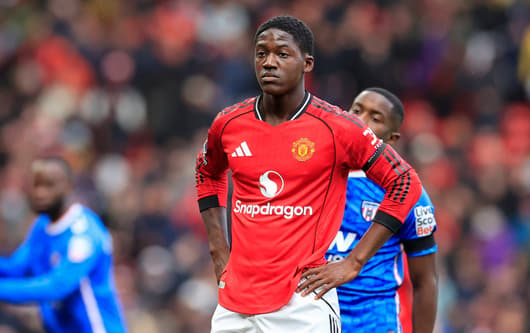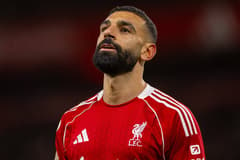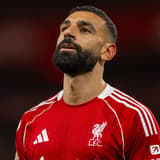-
Analysis
- 4 hours ago
How Arsenal's seven-point transfer rebuild became the model every club should follow
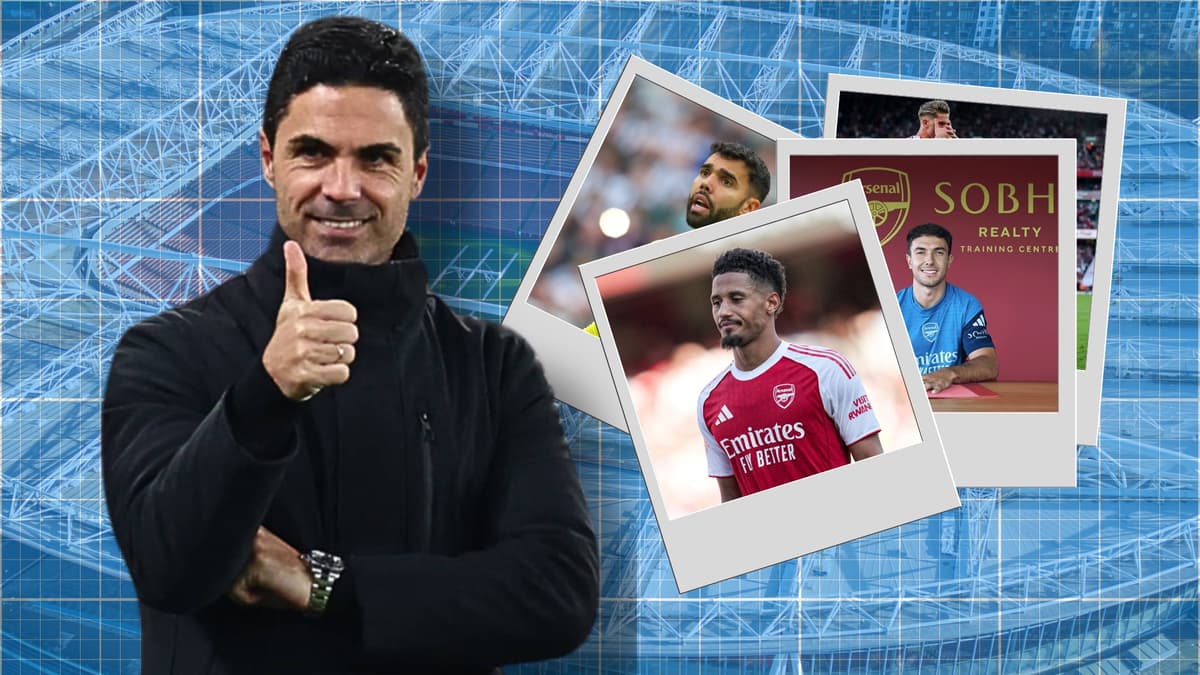
Arsenal’s route back to the top of the Premier League table has been a long and arduous one.
The Gunners have shown that there is no quick fix to long-standing problems and have taken a sensible and pragmatic approach towards resolving the issues that Arteta inherited when he arrived at the club to replace Unai Emery in 2019.
In fact, it was under the current Aston Villa boss that Arsenal’s real renaissance began, yet Arteta, guided by former sporting director Edu and now Andrea Berta, has carried it on in a logical and methodical manner that should act as a prototype for any club unfortunate enough to find itself mired in such a prolonged slump.
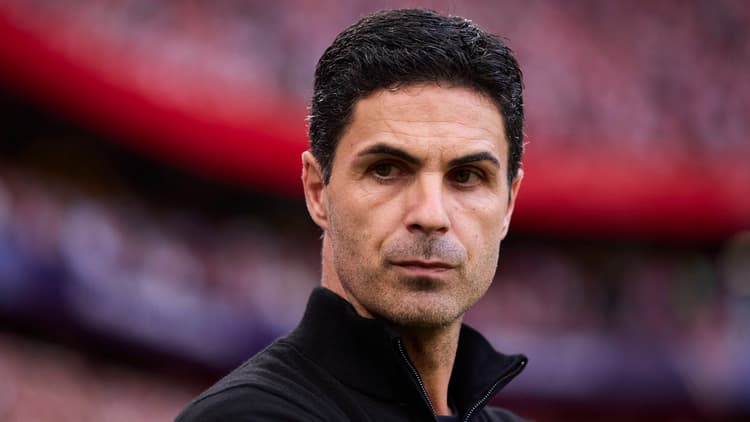
Step 1: Saliba signing marks slow beginning of a new era
The North London side’s climb started without particular fanfare. Instead of going down the route that Manchester United did this summer by splurging on forwards, the Gunners took an alternative approach, bolstering their defence.
William Saliba was signed from Saint-Etienne as a long-term solution to the fragility of the back line. It would take three years before he became a regular, but the patience that was shown with the young Frenchman has allowed him to develop into one of the premier centre-backs in the Premier League.
A more immediate concern at left-back was addressed by the arrival of Kieran Tierney from Celtic, who went straight into the team.
It’s worth noting here that Nicolas Pepe was signed from Lille for a club-record €80m. The Ivorian proved a flop and was a pre-Arteta mistake that the Spaniard has made sure has not been repeated.

Step 2: Arteta strengthens his defence again
A year later, Arsenal continued to make smart signings at the back. Ligue 1 side Lille were raided for promising Brazilian defender Gabriel while the addition of a young talent was once again augmented by a marginally more experienced one in the form of Thomas Partey from Atletico Madrid to shield the back four.
The plan at this stage was clear: build a strong central defensive partnership and radiate signings from there.
Step 3: White arrives as Gunners bolster backline once more
In the summer of 2021, the defensive arrivals continued with Aaron Ramsdale and Ben White to arriving to further shore up the back line. Takehiro Tomiyasu also arrived.
White was initially signed as a central defender to partner Gabriel as Saliba matured on loan back in France. He was an immediate upgrade and has proven himself tactically flexible enough to be repositioned as a high-class right-back.
Step 4: Finally the attack gets some love
It was not until 2022 that the forward line received significant investment. By now, the defence was starting to settle down, although Arteta and Edu were now working on upgrading their initial signings. To that end, Oleksandr Zinchenko arrived to compete with Tierney, who had proven unreliable due to injury issues.
He followed Gabriel Jesus to the Emirates from Manchester City, with the Brazilian Arsenal’s biggest offensive recruit since the ill-fated move for Nicolas Pepe in 2019.
In January, Arsenal added more depth with the relatively inexpensive arrivals of Leandro Trossard, Jakub Kiwior and Jorginho, strengthening every line of their squad as they did so.

Step 5: Upgrades across the board
The upgrades to the defensive line continued, with David Raya and Jurrien Timber joining in 2023. Arsenal got unlucky here; Timber was struck down by a serious injury minutes into his arrival at the Emirates, effectively ending his season before it started. Raya, meanwhile, has become the ball-playing goalkeeper that Arteta wanted.
With the rearguard looking robust, the Gunners sought to bolster their midfield. A record fee was spent recruiting Declan Rice from West Ham, with Arsenal adding the England international with a strong degree of certainty that he would shine.
They also made a more controversial move to sign Kai Havertz from Chelsea as the expansion to strengthening the forward line continued.
Step 6: Focus shifts back on the defence
The summer of 2024 was comparatively quiet for Arsenal, but two key additions were made. Mikel Merino hooked up with the North Londoners after a successful Euro 2024 with Spain, providing more depth in a midfield unit that now needed to be fleshed out. He also proved adept as acting as a makeshift attacker, supplementing a forward line that had not received as much attention as fans might have wished.
That slow turnover and strengthening of the defence continued as Riccardo Calafiori was signed from Bologna, meanwhile.
Raheem Sterling’s arrival to appease a clamour for more attacking quality was a low-risk gamble given he joined on loan from Chelsea, and the temporary aspect of the deal proved a smart move given he was a bust.

Step 7: With a defence in place, splurge on forwards
Now with the strongest defence in the Premier League secured, Arsenal found themselves at liberty to move for more players at the top end of the pitch – stars who inevitably cost more.
Viktor Gyokeres was their long-awaited No.9 signing, with the Swede eventually arriving after weeks of transfer bickering. Eberechi Eze was also a big-money arrival.
And that constant upgrade work elsewhere in the side? This time it was the midfield that was tweaked thanks to the arrival of Martin Zubimendi.
This has been supplemented by a raft of new contracts, with Saliba among those to commit his future to the Gunners in a symbolic move that brings the Arteta rebuild back to the start.

Conclusion
Arsenal appreciated the value of putting a strong foundation to their side in place rather than making more flashy moves.
Sure, there were mistakes along the way, but the logical manner in which Arteta built this side made it more robust when errors were made; there was always that defensive line to fall back on.
Having successfully put this foundation in place, Arsenal built their team outward from there. First, it was the midfield and goalkeeper positions that were strengthened, with massive investment further up the pitch only coming later on.

While the signings Arteta has been made have been smart, his use of the youth academy has been equally clever. The squad has never been too bloated to stifle the influence of Hale End, and this has led to Bukayo Saka, Ethan Nwaneri, Myles Lewis-Skelly and now Max Dowman all making a very real imprint on the first team. Arguably no Premier League manager has done as much for the club's youth system. Expect this to continue in the years ahead.
It’s unclear if this will be enough to see Arsenal to the Premier League title, but what is evident is that the club has been rebuilt to such an extent that going all the way to a first crown since 2003 is not expected, testimony in itself to the outstanding job Arteta has done during his six years in charge.
The FootballTransfers app
Check out FootballTransfers' new app for all of football's big storylines, transfer rumours and exclusive news in one convenient place directly on your mobile device.
The FootballTransfers app is available in the Apple App Store. Download here:



